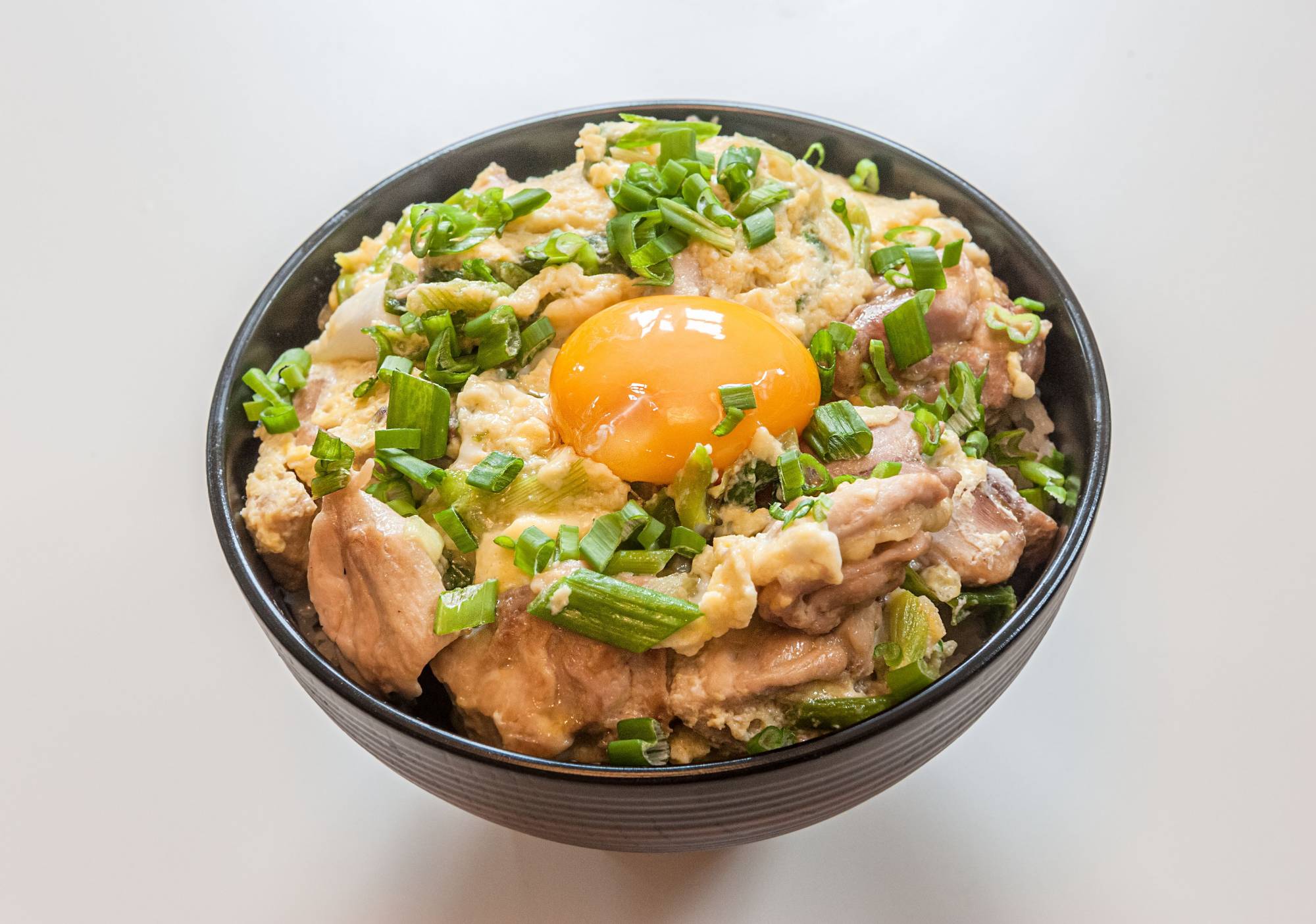It is shinmai (new harvest rice) season, when the freshest, best-tasting rice of the year becomes available. What better way to celebrate than with a steaming hot donburi, essentially a bowl of rice topped with something savory?
One of my favorite donburi is the classic chicken-and-egg combination called “oyakodon,” which means "parent and child bowl." This dish combines tender morsels of chicken cooked in a savory-sweet broth that is soft set with eggs.
According to one theory, oyakodon got its start in the 1880s at a chicken sukiyaki restaurant in Tokyo called Tamahide. At the end of the meal, customers would mix the last bit of stewed chicken and vegetables with raw egg and call it "oyako-ni." A popular takeout meal, this eventually became oyakodon, though nowadays the dish is mostly served piping hot.

















With your current subscription plan you can comment on stories. However, before writing your first comment, please create a display name in the Profile section of your subscriber account page.